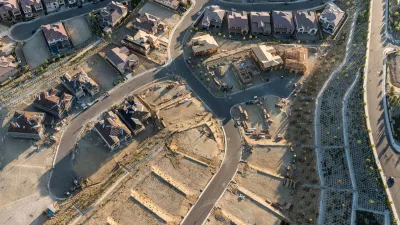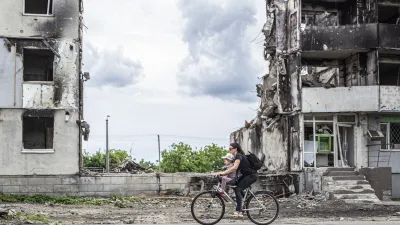The 2023 Maui wildfires have caused significant out-migration, reduced in-migration, and substantial economic losses, reshaping the island’s population and straining its recovery efforts.

The 2023 Maui wildfires have led to significant population shifts, with at least 1,000 residents leaving the island due to displacement, financial instability, and uncertainty about rebuilding. As reported by Dylan Moore and Baybars Karacaovali, State income tax filings provide early insights into these migration patterns, revealing that 430 to 510 residents have moved out of state, while others have relocated to different parts of Hawaii. Additionally, reduced in-migration has contributed to Maui’s declining population, with an estimated 370 fewer people moving to the island than expected. Although these figures likely underestimate the full impact, they offer a critical first look at the long-term effects of the disaster.
Beyond tracking individual relocations, researchers analyzed migration trends within Maui, finding that most displaced residents moved to other areas of the island, particularly within Lahaina. However, a sizable portion left for other Hawaiian counties or the mainland U.S. The analysis also estimates that migration patterns in unburned areas of Lahaina and the rest of Maui County were affected, with residents leaving at rates higher than expected. Despite the limitations of tax filing data—such as delayed reporting and address inconsistencies—the findings suggest that the fires have accelerated out-migration and slowed new arrivals, reshaping Maui’s demographic landscape.
The economic consequences of this population loss are substantial, with an estimated $60 million in annual income leaving Maui and over $50 million lost statewide. These shifts not only reduce local spending but also impact job availability and tax revenues, with the state losing more than $3 million in income tax revenue alone. These figures, however, only capture a fraction of the total economic toll, as they do not account for financial losses experienced by those who remained on the island. Future research aims to assess the broader economic impact of the fires, shedding further light on Maui’s ongoing recovery challenges.
FULL STORY: Migration Effects of the Maui Wildfires: Early Indicators from State Tax Filings

Planetizen Federal Action Tracker
A weekly monitor of how Trump’s orders and actions are impacting planners and planning in America.

Restaurant Patios Were a Pandemic Win — Why Were They so Hard to Keep?
Social distancing requirements and changes in travel patterns prompted cities to pilot new uses for street and sidewalk space. Then it got complicated.

Map: Where Senate Republicans Want to Sell Your Public Lands
For public land advocates, the Senate Republicans’ proposal to sell millions of acres of public land in the West is “the biggest fight of their careers.”

Maui's Vacation Rental Debate Turns Ugly
Verbal attacks, misinformation campaigns and fistfights plague a high-stakes debate to convert thousands of vacation rentals into long-term housing.

San Francisco Suspends Traffic Calming Amidst Record Deaths
Citing “a challenging fiscal landscape,” the city will cease the program on the heels of 42 traffic deaths, including 24 pedestrians.

California Homeless Arrests, Citations Spike After Ruling
An investigation reveals that anti-homeless actions increased up to 500% after Grants Pass v. Johnson — even in cities claiming no policy change.
Urban Design for Planners 1: Software Tools
This six-course series explores essential urban design concepts using open source software and equips planners with the tools they need to participate fully in the urban design process.
Planning for Universal Design
Learn the tools for implementing Universal Design in planning regulations.
Heyer Gruel & Associates PA
JM Goldson LLC
Custer County Colorado
City of Camden Redevelopment Agency
City of Astoria
Transportation Research & Education Center (TREC) at Portland State University
Camden Redevelopment Agency
City of Claremont
Municipality of Princeton (NJ)





























